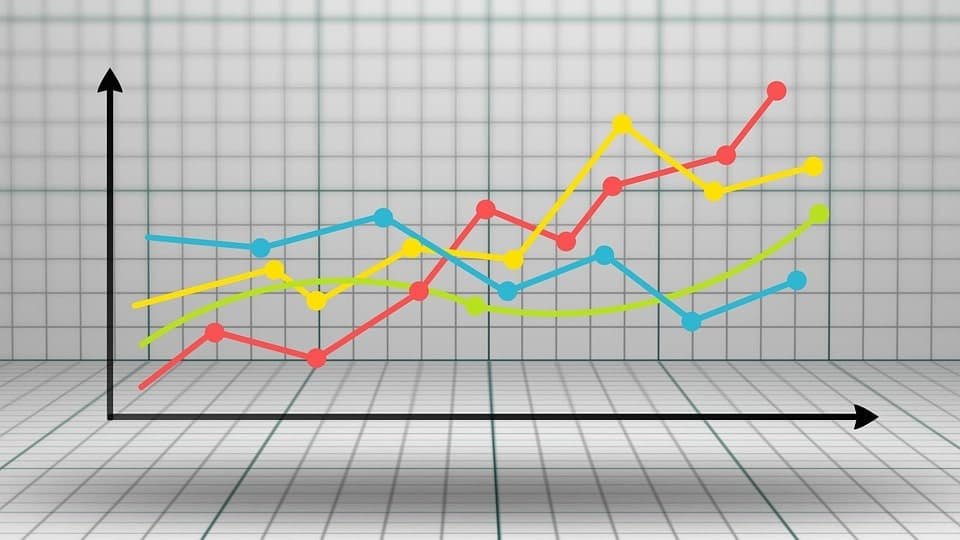Realized volatility (RV) in options refers to the actual volatility of an underlying asset’s price movement over a specific period of time, as opposed to implied volatility (IV), which is the market’s expectation of the future volatility of the underlying asset.
• RV is often used in the pricing and valuation of options. It is calculated by measuring the standard deviation of the asset’s returns over a given period, usually using historical price data. This information can be used to estimate the future volatility of the asset and can be incorporated into option pricing models, such as the Black-Scholes model.
• In options trading, RV can also be used to assess the accuracy of an option’s IV. If the RV differs significantly from the IV used in pricing the option, it can create opportunities for traders to take advantage of mispricing in the market.
• It’s worth noting that RV is retrospective and is therefore unable to predict future volatility with certainty. However, it can provide valuable information about the volatility of the underlying asset and can be a useful tool for options traders and investors.
How is Realized Volatility calculated
Here are the general steps to calculate realized volatility in options:
• Obtain historical price data of the underlying asset: This can be obtained from a financial data provider or through a trading platform.
• Calculate daily returns: Calculate the percentage change in the price of the underlying asset for each trading day in the historical data. This can be done using the following formula:• Daily Return = (Price Today – Price Yesterday) / Price Yesterday
• Calculate the standard deviation of daily returns: The standard deviation measures the dispersion of the daily returns around their average value. This can be calculated using a statistical software or Excel function such as STDEV.
• Annualize the standard deviation: Multiply the standard deviation by the square root of the number of trading days in a year. This assumes that volatility is constant over time and that there are 252 trading days in a year.
• Annualized Volatility = Standard Deviation of Daily Returns * Sqrt(252)
• Use the annualized volatility to calculate the implied volatility of an options contract: Compare the calculated annualized volatility to the IV of an options contract to determine whether the options contract is overpriced or underpriced relative to historical volatility.
Note that there are different methods to calculate RV in options and the specific approach may depend on the data and the analysis being conducted.
Relation between Realized Volatility and Implied Volatility
IV and RV are two different measures of volatility used in options trading.
• IV is a forward-looking measure that is based on the market price of the option. It represents the expected volatility of the underlying asset over the life of the option, as implied by the market participants. IV is an important input parameter in option pricing models such as the Black-Scholes model.
• RV, on the other hand, is a historical measure that is based on the actual price movements of the underlying asset over a specific time period. It measures the actual volatility that occurred in the past.
• The relationship between IV and RV is important in options trading because it can provide insight into the market’s expectations for future price movements of the underlying asset.
• If IV is higher than RV, it suggests that the market is expecting higher volatility in the future than what has occurred in the past. This could indicate that the option is overpriced, or that there is a higher level of uncertainty about the future price movements of the underlying asset.
• Conversely, if IV is lower than RV, it suggests that the market is expecting lower volatility in the future than what has occurred in the past. This could indicate that the option is underpriced, or that there is a lower level of uncertainty about the future price movements of the underlying asset.
Concisely, the relationship between IV and RV can provide important information to traders and investors in making informed decisions about option pricing and risk management.
Key difference between Realized Volatility and Implied Volatility
• The main difference between implied and realized volatility is that IV is based on market expectations for future price movements of the underlying asset, while RV is based on past price movements of the underlying asset.
• Another difference is that IV can vary depending on the strike price and expiration date of the option, while RV is calculated over a specific time period.
• IV is generally higher than RV because market participants tend to be more cautious and price in more uncertainty about future price movements. However, in some cases, realized volatility can be higher than implied volatility, indicating that the market underestimated the potential price movements of the underlying asset.
Overall, both implied and realized volatility are important measures in options trading, and understanding the relationship between them can help traders make informed decisions about option pricing and risk management.
Read More:

